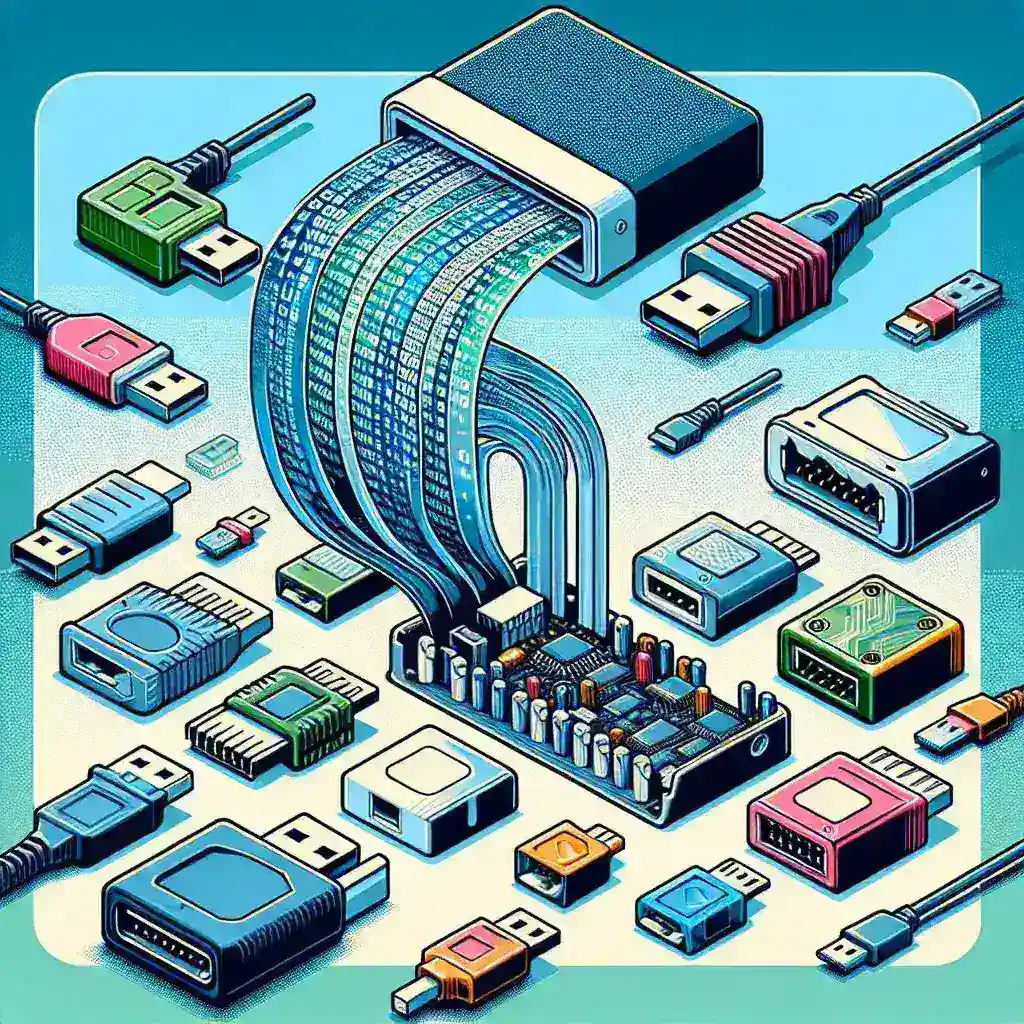Understanding Adapter Firmware Updates
Adapter firmware updates are essential for maintaining the performance, security, and compatibility of your devices. Firmware is the software programmed into the hardware, providing the necessary instructions for how the device operates. When updates are released, they often include bug fixes, performance enhancements, and new features.
Why Are Firmware Updates Important?
- Improved Performance: Updates can optimize the functionality of your adapter, ensuring it works at its best.
- Security Enhancements: Firmware updates often address vulnerabilities, helping to protect your device from potential threats.
- New Features: Manufacturers may introduce new functionalities that enhance the user experience.
- Compatibility: Updates ensure that your adapter is compatible with the latest devices and technologies.
The Best Ways to Handle Firmware Updates
Check for Updates Regularly
Set a schedule to check for firmware updates. Most manufacturers provide a dedicated section on their website or within the device settings where you can find the latest firmware versions.
Read Release Notes
Before updating, read the release notes provided by the manufacturer. This will help you understand what changes or improvements the update brings.
Backup Your Settings
Before proceeding with the update, ensure you backup your settings. This will allow you to restore your configuration in case the update causes issues.
Use Official Sources
Always download firmware updates directly from the manufacturer’s official website or through the device’s settings. Avoid third-party sources to prevent malicious software from compromising your device.
Follow the Installation Instructions Carefully
Each firmware update may have specific installation instructions. Follow these steps to ensure a smooth update process.
Monitor the Update Process
During the update, keep an eye on the progress. If you encounter any errors, consult the manufacturer’s support resources.
Verify Successful Installation
After the update, check the firmware version to ensure it has been successfully installed. Also, test the device to confirm that it’s functioning correctly.
Stay Informed
Join forums or subscribe to newsletters from your adapter’s manufacturer to stay updated on the latest firmware releases and tips on managing them.
Common Challenges and Solutions
Updating firmware can sometimes lead to challenges. Here are some common issues and their solutions:
- Update Failures: If an update fails, try restarting your device and attempting the update again. Ensure your device has sufficient power and a stable internet connection.
- Device Not Functioning After Update: If your adapter does not work properly after an update, consider resetting it to factory settings and reconfiguring it.
- Missing Features: Sometimes, updates might remove features. Review the release notes for information on changes and adjustments.
Conclusion
Handling adapter firmware updates is a critical part of device management. By regularly checking for updates, following best practices, and staying informed about the latest releases, you can ensure that your adapter operates efficiently and securely. Remember, a well-maintained device not only enhances your user experience but also extends the life of your hardware.

